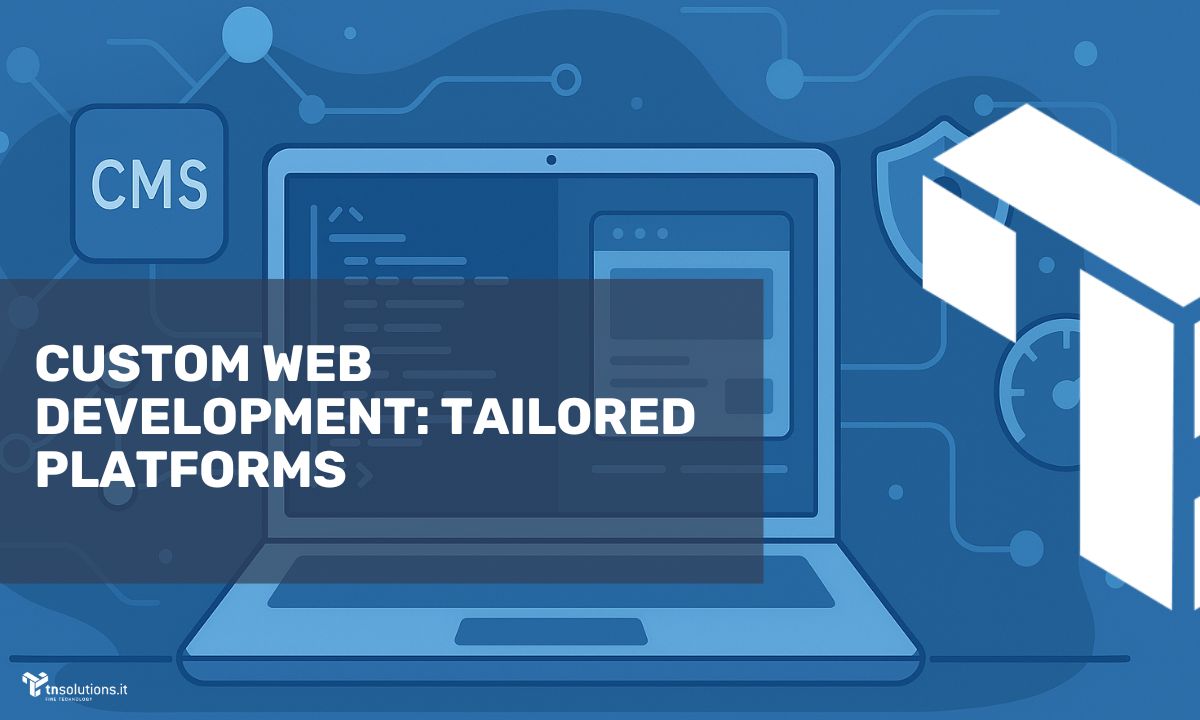
Introduction to Web Design and Customization In today’s digital landscape, an online presence is critical for businesses, organizations, and even individuals. Effective web design and customization play pivotal roles in defining the success and visibility of any online entity. This article delves into these practices, providing a comprehensive guide on how to create efficient and engaging websites.
The Importance of Web Design and Customization From Concept to Online Reality
Web design is not just about aesthetics; it’s about functionality and usability. A well-designed website not only attracts visitors but engages them, guiding them toward desired actions like purchasing products or making inquiries.
Customization is increasingly vital in the digital era. Visitors expect a unique, relevant experience when browsing a website, and customization helps deliver exactly what they want. This boosts user engagement and improves conversion rates.
Key Steps in Web Design and Customization
- Understanding Your Target Audience:
The foundation of effective web design is a deep understanding of the target audience. Every detail, from layout to page structure, should meet user needs and expectations. Conducting thorough market research and analyzing user behavior provides valuable insights that guide the design process. - Defining Website Objectives:
Before beginning the design, it’s essential to establish the site’s goals. These may include increasing sales, generating leads, enhancing brand awareness, or providing information. A clear understanding of objectives directs design decisions and enables success measurement after launch. - Creating an Appealing and Functional Design:
The design should be both visually engaging and intuitive. Use a cohesive color scheme, typography, and images that reflect brand identity to craft an enjoyable user experience. - Optimizing for Mobile Devices:
With rising mobile traffic, ensuring your site is optimized for mobile viewing is essential. A responsive design adapts to various screen sizes, ensuring users can access the site from any device without compromising quality. - Personalizing the User Experience:
Personalization is key in modern web design. Utilizing demographic, behavioral, and browsing data allows for creating customized content and offers that meet users’ specific needs and interests. This boosts engagement and enhances conversion rates. - Continuous Testing and Optimization:
The design and customization process doesn’t end at launch. Monitoring site performance with web analytics and A/B testing helps identify areas for improvement. Ongoing testing and optimization keep the site relevant and effective over time.
Strategies for Website Personalization
- User Data Analysis:
Using web analytics tools to gather data on user behavior, preferences, and demographics is crucial. These insights allow you to tailor the user experience to specific interests and needs. - Dynamic Content:
Employ algorithms and content management systems to provide dynamic recommendations based on user behavior and previous interactions. For instance, display recommended products based on past purchases or suggest related blog articles. - User Interface Customization:
Enable users to customize the website interface based on their preferences, such as selecting the site theme, adjusting content layout, or choosing notification settings. - User Segmentation:
Group users into segments based on interests, behavior, or demographics, then deliver personalized experiences for each segment. For example, show special offers or tailored content to specific user groups. - Real-Time Interaction:
Using technologies like chatbots or virtual assistants enables real-time interaction, providing personalized support and immediate responses to user questions and needs.
Conclusion
Web design and customization are essential for creating engaging, effective online experiences. By integrating smart design strategies with advanced personalization techniques, you can build websites that not only capture user attention but actively engage them, guiding them toward desired actions. Investing time and effort in these practices can transform a website from a basic digital presence into a powerful tool for achieving business objectives and meeting user needs.




